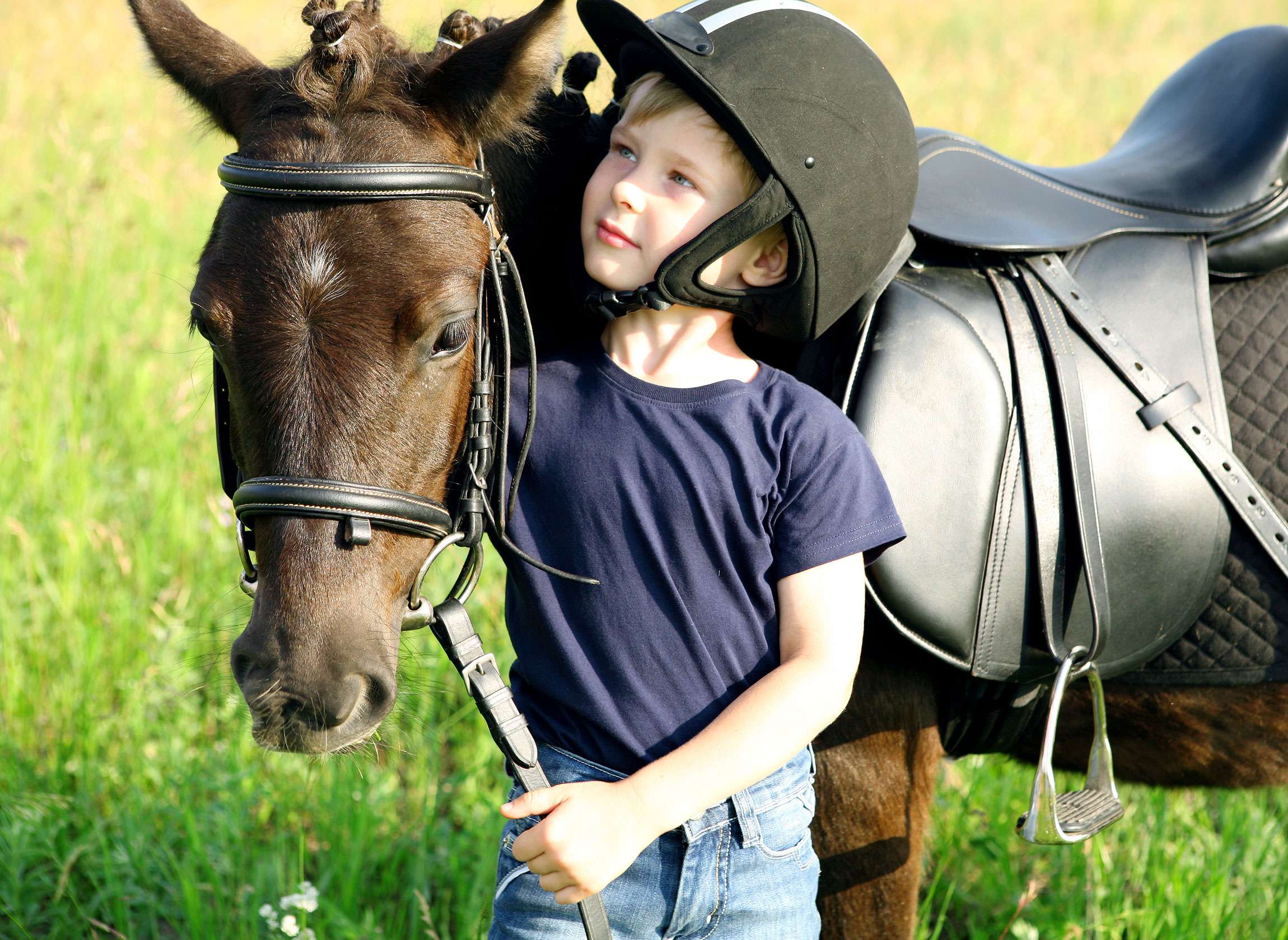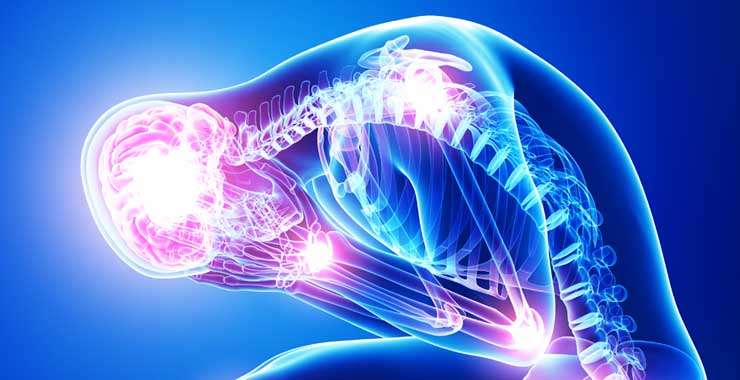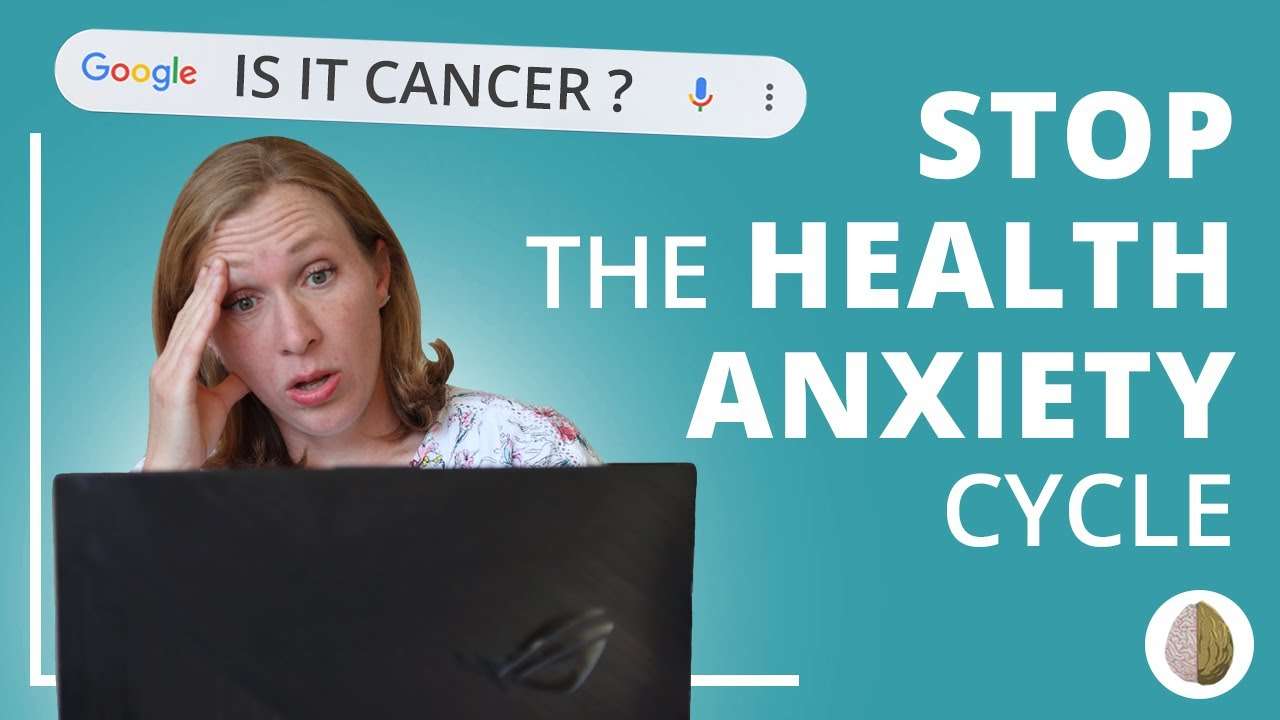Animals can offer an extraordinary amount of emotional support. Beyond the pet-owner relationship that many of us have lovingly experienced, animals are sometimes used in therapeutic settings to help clients navigate challenging emotional experiences.
![]()
Verywell / JR Bee
What Is Equine Therapy?
Equine-assisted psychotherapy incorporates horses into the therapeutic process. People engage in activities such as grooming, feeding, and leading a horse while being supervised by a mental health professional.
Goals of this form of therapy including helping people develop skills such as emotional regulation, self-confidence, and responsibility. With mature horses weighing anywhere in the range of 900 to 2,000 pounds or more, it might feel a bit intimidating to have such a large, majestic creature participating in your therapy sessions.
However, equine-assisted therapy is growing in popularity due to its experiential approach and some burgeoning evidence of its effectiveness. There are a variety of terms used to describe or reference equine-assisted psychotherapy, including:
- Equine-assisted mental health
- Equine-assisted counseling
- Equine-facilitated psychotherapy
- Equine-assisted therapy
The last term, equine-assisted therapy, can also often refer to other forms of therapy where horses are used, such as with occupational therapy.
History of Equine Therapy
Horses have been used for therapeutic purposes since the time of the ancient Greeks. The Greek physician Hippocrates, known as the “Father of Medicine,” wrote about the therapeutic potential of horseback riding.
Riding became more popular as a therapy tool during the 1950s and 1960s. In 1969, the North American Riding for Handicapped Association was formed, which later became the Professional Association of Therapeutic Horsemanship (PATH) International.
Who It’s For
Equine-assisted psychotherapy (EAP) can be used with a variety of populations and in a variety of therapeutic settings. In fact, horses can be used in counseling with individuals of all ages, even with families and groups.
Equine-assisted psychotherapy is often not the sole form of treatment, but rather a complementary therapeutic service to be used in partnership with more traditional treatment.
Offering a much different experience than traditional talk therapy, EAP brings people outdoors and offers an opportunity to use all senses while learning and processing through emotional challenges.
Children and Teens
Equine facilitated psychotherapy may be just as effective with children and teens as it is with adult clients. As with adults, children can experience challenges such as trauma, anxiety, depression, PTSD, and more.
Equine therapy offers them a therapeutic environment that can feel less threatening and more inviting than a traditional talk therapy office. The majority of children participating in EAP are between the ages of 6 to 18 years old.
Children often find it difficult to open up and process painful emotions and experiences. Equine-assisted psychotherapy allows youth, and people of all ages, to work on issues such as:
- Assertiveness
- Confidence
- Developing and maintaining relationships
- Emotional awareness
- Empathy
- Impulse control
- Problem-solving skills
- Social skills
- Trust in others
- Trust in self
Benefits
Although a variety of animals can be used in the psychotherapeutic process, horses offer unique traits that have made them a top choice for animal-assisted therapies. According to anxiety expert Dr. Robin Zasio, horses bring the following unique elements to the therapy process.
Non-Judgmental and Unbiased
As much as humans, especially therapists, do our best to offer a safe space for clients to explore deep emotional hurts and painful experiences, it can be uncomfortable for clients to openly share their thoughts.
Building therapeutic rapport can take time as participants working toward building trust and practicing vulnerability in session.
Having the horse present may offer a sense of peace, as they only will react to the client’s behavior and emotions with no threat of bias or any judgment of their emotional experience.
Feedback and Mirroring
Horses are keen observers and are vigilant and sensitive to movement and emotion. They often mirror a client’s behavior or emotions, conveying understanding and connection that allows the client to feel safe.
This also allows for clients to maintain a sense of self-awareness, using the horse’s behavior and interactions for feedback and opportunities to check in and process what is happening in the moment.
Managing Vulnerability
As clients might find themselves vulnerable when trying to open up about emotional challenges, past experiences, or life transitions, the horse can offer a reference point to use for processing.
If something feels too painful to speak of, it can feel a bit easier for clients to process using the horse as an example, or to align their experience with the horse’s experiences in the moment. Externalizing the content in this way can make things easier to approach and process through.
Other Benefits
Some other potential benefits of equine therapy include increased:
- Adaptability
- Distress tolerance
- Emotional awareness
- Independence
- Impulse control
- Self-esteem
- Social awareness
- Social relationships
Horses also require work. They must be fed, watered, exercised, and groomed. Providing this type of care can often be therapeutic. It helps establish routines and structure, and the act of caring and nurturing something else can help build empathy.
Conditions
Equine therapy has some evidence supporting its effectiveness in helping to manage several conditions.
Anxiety
Anxiety disorders affect more than 17 million Americans. Although most people experience some level of anxiety at points in their lives, especially around experiences involving change and uncertainty, there are times when people experience anxiety that meets clinical diagnostic criteria. Anxiety-related conditions include, but aren’t limited to:
Many people who struggle with anxiety find themselves stuck in worry about their past and fear about their future. As Dr. Zasio points out, working with a horse during the therapeutic process can create an opportunity for clients to “stay present and focused on the task at hand.”
Since horses are vigilant and sensitive to behavior and emotions, they can sense danger and respond with a heightened awareness, which typically leads to a change in their behavior and possible attempts to get away. Clients who struggle with anxiety can relate to this ability to sense danger cues and respond in a heightened way.
Processing challenges through a horse’s behavior can be easier for certain clients than speaking directly about their own personal experiences with anxiety.
Another benefit of using equine-assisted psychotherapy in the treatment of anxiety is helping clients practice vulnerability in a safe environment. As clients learn to interact with the horse and try new things, they are being asked to step out of their comfort zone with the help and support of the therapist and the horse.
Clients can then process their experience, such as the fears and challenges, as well as any insights, discoveries, or victories in those moments during therapy.
PTSD
Post-traumatic stress disorder (PTSD), a disordered marked by increased arousal and reactivity, intrusive memories and nightmares, and avoidance symptoms after a traumatic event, can feel debilitating. According to the Anxiety and Depression Association of America (AADA), it is estimated that 7.7 million people aged 18 or older struggle with PTSD.
Children, teens, and adults can struggle with PTSD. Although people can experience a variety of traumatic events that could influence the development of PTSD, those who have experienced sexual assault, as well as veterans who have experienced combat, are populations who tend to have higher rates of the development of PTSD.
The use of equine-assisted psychotherapy in the treatment of PTSD for veterans is growing.
Tess Hassett, a riding instructor at the Northern Virginia Therapeutic Riding Program, has a background in clinical psychology and is working with veterans using EAP.
Describing her work with veterans, Hassett noted, “A lot of them have said that after what they’ve been through with their PTSD and depression, they never thought they’d be able to bond with someone again and feel that personal connection. But with their horse, they’re feeling that connection. They’re able to take that into the rest of their lives and into their relationships.”
Addiction Treatment
It is known that drug and alcohol addiction continues to rise and be problematic in the United States. The Center for Disease Control and Prevention (CDC) estimates that over 70,000 people died from a drug overdose in 2017.
Many of those were a result of the opioid epidemic, with almost 50,000 deaths occurring as a result of opioid use. The need for effective therapies to help treat addiction is at an all-time high.
Equine-assisted psychotherapy offers a unique approach to treating addiction and co-occurring conditions. A co-occurring condition, which used to be referred to as a dual diagnosis, describes someone who struggles with addiction in addition to having another mental health condition—a common occurrence.
The ultimate goal of addiction treatment is to help clients live sober, healthy, and productive lives. Many times in addiction treatment, clients are also working hard to heal hurts within relationship dynamics, such as within a family or with their partner. Learning to trust, practice vulnerability, and communicate effectively can be a challenge during this treatment process.
EAP can help clients learn how to develop a sense of trust through their interactions with the horse as they gain a sense of safety and build a relationship. The experience can encourage clients to be vulnerable as they learn new things and interact with the horse.
ADHD
Attention-deficit/hyperactivity disorder (ADHD), is an additional area where equine-assisted psychotherapy can be helpful. Some report EAP is appealing to adults and youth with ADHD because it offers them an active, fun, and hands-on experience.
During equine-assisted therapy, the client is typically with a trained therapist, an equine specialist, and the horse. Riding isn’t necessarily involved with equine-assisted psychotherapy. Rather, the focus is on presence, attention, mindfulness, boundaries, social cues, and more.
Kay Trotter, PhD, a licensed professional counselor, author, and founder of Equine Partners in Counseling (EPIC) Enterprises, was one of the first to dedicate research to the effectiveness of equine-assisted psychotherapy.
Trotter found that introducing horses to the therapeutic process showed significantly increased positive behaviors while reducing negative behaviors.
Her study was one of the first published on the effectiveness of EAP, published in the Journal for Creativity in Mental Health. It has been shown that clients can experience a variety of benefit from equine-assisted psychotherapy, such as:
- Increased in self-esteem
- Increased in self-respect
- Improved adjustment to routines and guidelines
- Improved focus
- Less stressful friendships
- Reduced aggression
For clients struggling with ADHD, the sense of accomplishment in an equine-assisted psychotherapy session can be of great benefit. As a licensed clinical social worker, Kit Muellner says that “clients feel that they’ve achieved something on their own, rather than being told to do something by a parent or teacher.
A 1,500-pound animal responds the way you want him to because you were able to focus. So you’ve accomplished something you wanted to do, versus something that somebody else wanted you to do.”
This sense of accomplishment can feel significant for anyone, especially someone who struggles with ADHD. In those moments, they are getting instant feedback from their horse and learning how to develop trust, communicate effectively, and how to work toward meeting a personal goal or milestone.
Equine Assisted Therapists
The Equine Assisted Growth and Learning Association (EAGALA) is a non-profit organization dedicated to setting the standard for professionals working with horses in a therapeutic setting. They offer training and have established a specialized certification process for those wishing to become a recognized, trained equine-assisted therapy professional.
In addition to EAGALA, there are other programs dedicated to proper training and maintenance of standards for those working with clients in the field of EAP.
To conduct therapy, regardless of whether you are providing equine-assisted therapy or not, you will need to contact your state regulatory board to learn about the educational and clinical requirements needed to become a licensed professional counselor or therapist in your state.
Equine-assisted therapy is a particular style and specialization within the field of psychotherapy, with clinicians seeking and earning special training and certification related to the practice of EAP.
Things to Consider
There are some factors to consider when deciding to explore equine-assisted therapy for yourself or a loved one. Always take physical ability and overall health into consideration. If you have scoliosis, spina bifida, or another back-related health issue, talk to your doctor before trying equine therapy.
Timing
Depending on the challenges the client is facing, the timing may or may not be appropriate for EAP. For example, when someone is faced with addiction, they will need proper time to detox and establish compliance with an appropriate treatment program before possibly incorporating equine-assisted therapy services.
Fear
Although equine-assisted therapy has been shown to be helpful in the treatment of anxiety, a client may fear being around a large horse and not feel motivated to attend this type of treatment. There may also be a traumatic memory involving animals that would prevent someone from being willing to participate.
It is important to speak with a trained mental health provider to determine if you or your loved one are a good fit for equine-assisted therapy. Most programs will have an assessment process to determine if EAP is right for you before beginning any treatment.
Cost
Because equine-assisted psychotherapy is only more recently growing in popularity and gaining traction as an effective treatment for mental health and substance abuse, keep in mind that this service may not be covered by insurance benefits.
The fees for EAP services will vary by location and can range in price. It is recommended that you contact your insurance company and your local equine therapy facility to discuss those details in advance.




